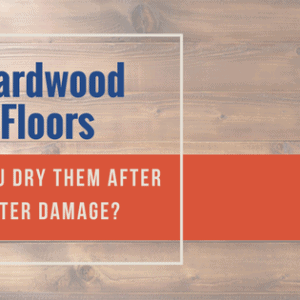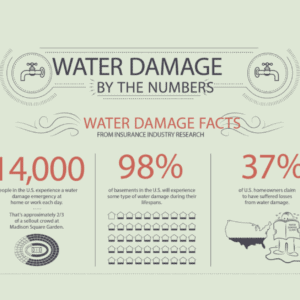It’s one thing to simply mop up a wet floor, but what do you do when your carpet is soaked? “Letting” it dry is not the safe, effective solution. Done improperly and inadequately, wet carpet can open the door to trouble—for your floor and for your health. Moisture can make the subfloor buckle, shrink the carpet and pad, and cause mold, which is hazardous to breathe.
If you’re dealing with a waterlogged area rug, it’s just a matter of hanging it up outside to dry completely. But drying a wall-to-wall wet carpet is a more intense process that requires diligence and patience. Here are some steps and pointers for doing the job right:
Wet Carpet Drying Techniques
- If your soaked carpet is dirty, clean it with a rented carpet cleaner.
- Use a wet vac that is specially designed to vacuum up moisture. You can also use a carpet shampooer without adding water. Do not attempt to do the job with a regular vacuum because the water will damage it.
- Open windows and turn on fans as soon as possible. Make sure your ceiling and freestanding fans blow air directly across the wet carpet. Rent large fans made for carpet drying from a professional carpet cleaning company or a rental shop. Keep all fans going until the carpet is completely dry.
- Be sure to lift up a corner of the carpet to see if the pad is wet, too. If it’s damp, use an industrial fan to blow air under and onto the pad. Soaked with a wet subfloor? You’ll need to remove the carpet and pad completely for drying (be careful as these will be very heavy—cut the pad up in pieces if necessary) and then reinstall once the carpet and subfloor are totally dry.
- If you must remove the wet carpet and pad, clean bare floors with a solution of bleach and water to inhibit mold growth. Let the floor dry before reinstalling the carpet and pad.
With any luck, you will never need to deal with a soaking wet carpet. But if you do, be thorough or you may cause more damage than you started with. If you’re not sure you can get the best results with do-it-yourself drying, give Certified Restoration a call and we’ll give you the information and help you need.
-George Fahouris
Check out this video, “Wet Carpet Drying Techniques” for even more information.

